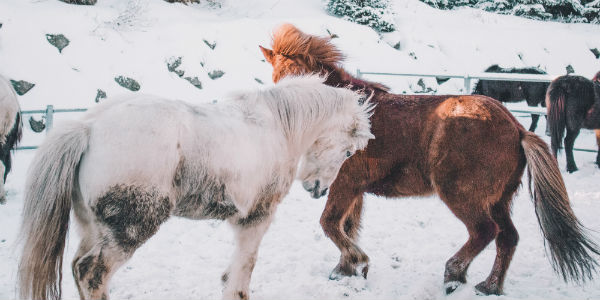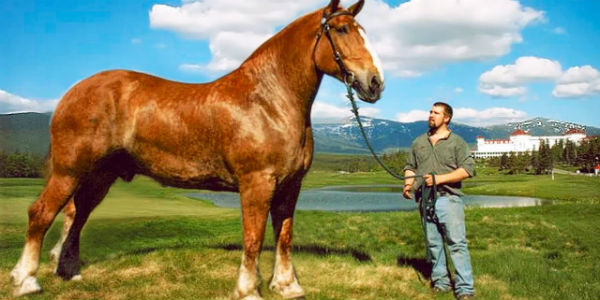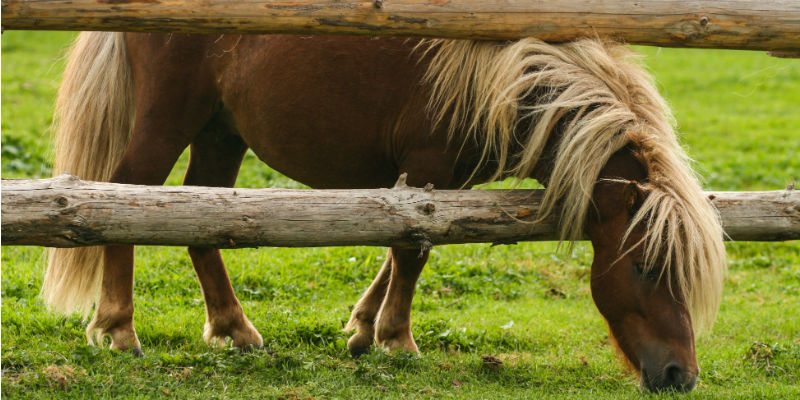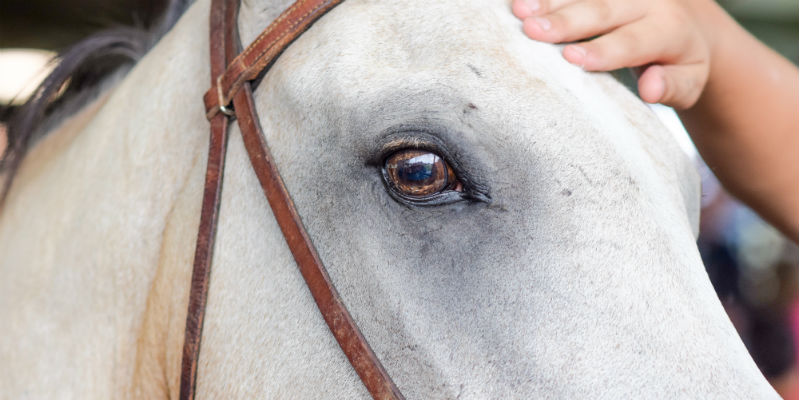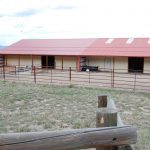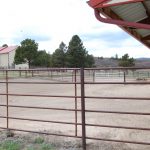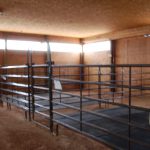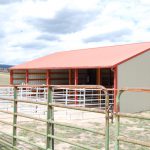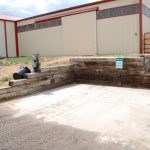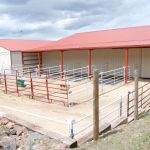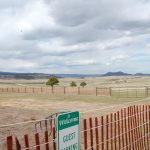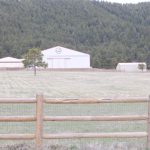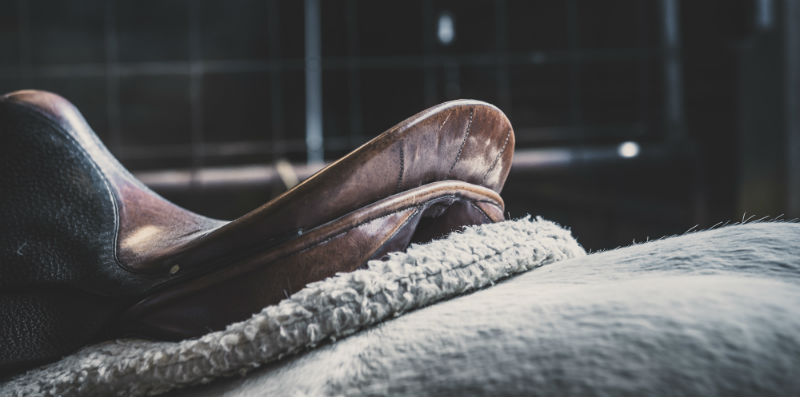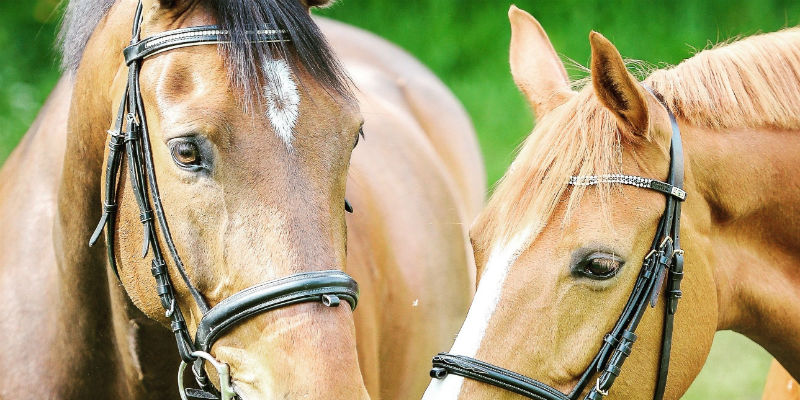Horse owners are naturally going to over-prepare their horses for the winter. It’s inevitable. Though closing the barn windows and turning up the heater seems like a good idea, it might not be. All horses are winter horses; they are equipped to handle most winters.
For instance, horses are naturally claustrophobic and their mental well-being suffers when confined. Though they will need to take shelter some times, horses instinctively need open spaces. Standing in a stall for long periods of time can be damaging to your horse’s health. Just like humans, it is not good for horses to be sedentary. It leads to ulcers, colic, and other digestive disorders, not to mention obesity. Good horse owners will know that having some sort of shelter is a must. However, using it should be your horse’s choice, not yours. Winter horses will always take shelter when they need to.
Are Horse Blankets Necessary?
Drive through any horse community in Colorado, like Elizabeth or Salida, during the winter. Some horses will have blankets on and some will not. Putting a blanket on a horse will vary from situation to situation. Overall, your horse’s coat is fully equipped to keep it insulated against the cold in most cases. As long as they can go into their stall during strong winds and wet weather, your horse is able to keep sufficiently warm in the coldest weather. Starting thinking of your horses as winter horses.
So, when are horse blankets necessary? Horses who shiver in the cold, are underweight, aging, ill, or otherwise frail, may feel better with extra covering. However, keep a check on your horse. Are they sweating under the blanket? You don’t want to inhibit your horse’s coat from its natural ability to protect against the cold. So, if your horse is sweating or exhibiting signs of discomfort due to the blanket, make sure to take the blanket off. For more information, contact Colorado Horse Property today.


